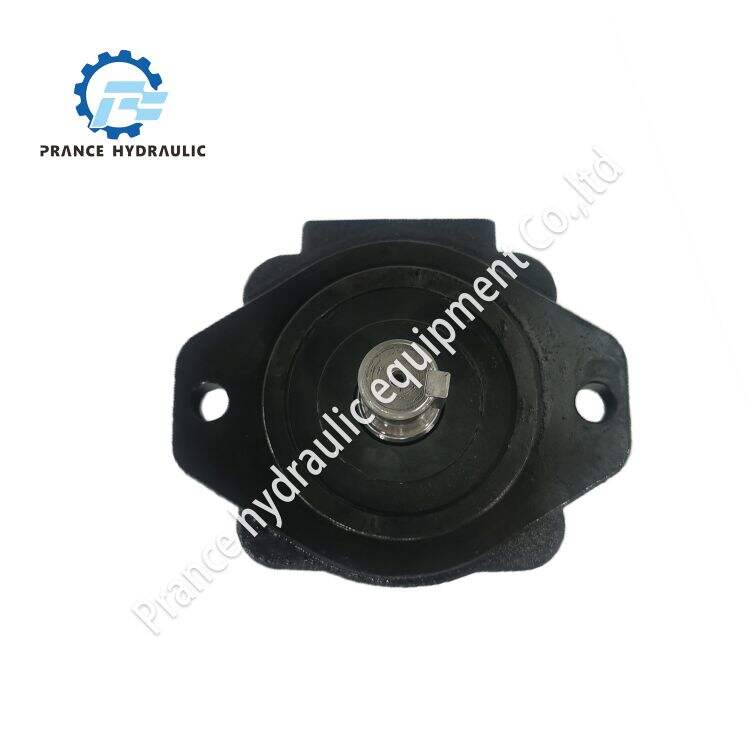First up is pump gearboxs. They are powered by pressurized fluid. The fluid enters the motor, causing a rotor to spin, which generates energy. The speed of the rotor can be varied, which is why we call it "variable speed. "
There are ample advantages behind using these motors. One big advantage is they are really good at controlling speed and power. This flexibility makes them well suited to jobs that require varying speeds or levels of power. Secondly, release valve hydraulics are powerful and durable so they can also save you some money in the long run.

And there are many ways machines can benefit from such motors. Adjusting speed and power to suit a specific task wastes less energy. This implies savings on fuel or electricity with machines equipped with variable speed hydraulic motors. And the fine control allows the machines to run more smoothly and last longer.

Here are some things to consider when choosing the right motor for your job. You’ve got to know how much both power and speed your task requires, to begin with. Various motors are designed for varying power levels and speeds. I would also consider the physical size of the motor and how it will work with your setup.

The range of speed hydraulic motors are composed of a set of components that functions together in order to produce power. These motors typically include a piston, cylinder, valves and hydraulic fluid. As the fluid is forced into the cylinder, it moves the piston, which spins the rotor to generate power. It is possible to regulate the motor’s speed and power by how the fluid circulates.